Affiliate links on Android Authority may earn us a commission. Learn more.
Sick of Snapchat? Here are the best Snapchat alternatives
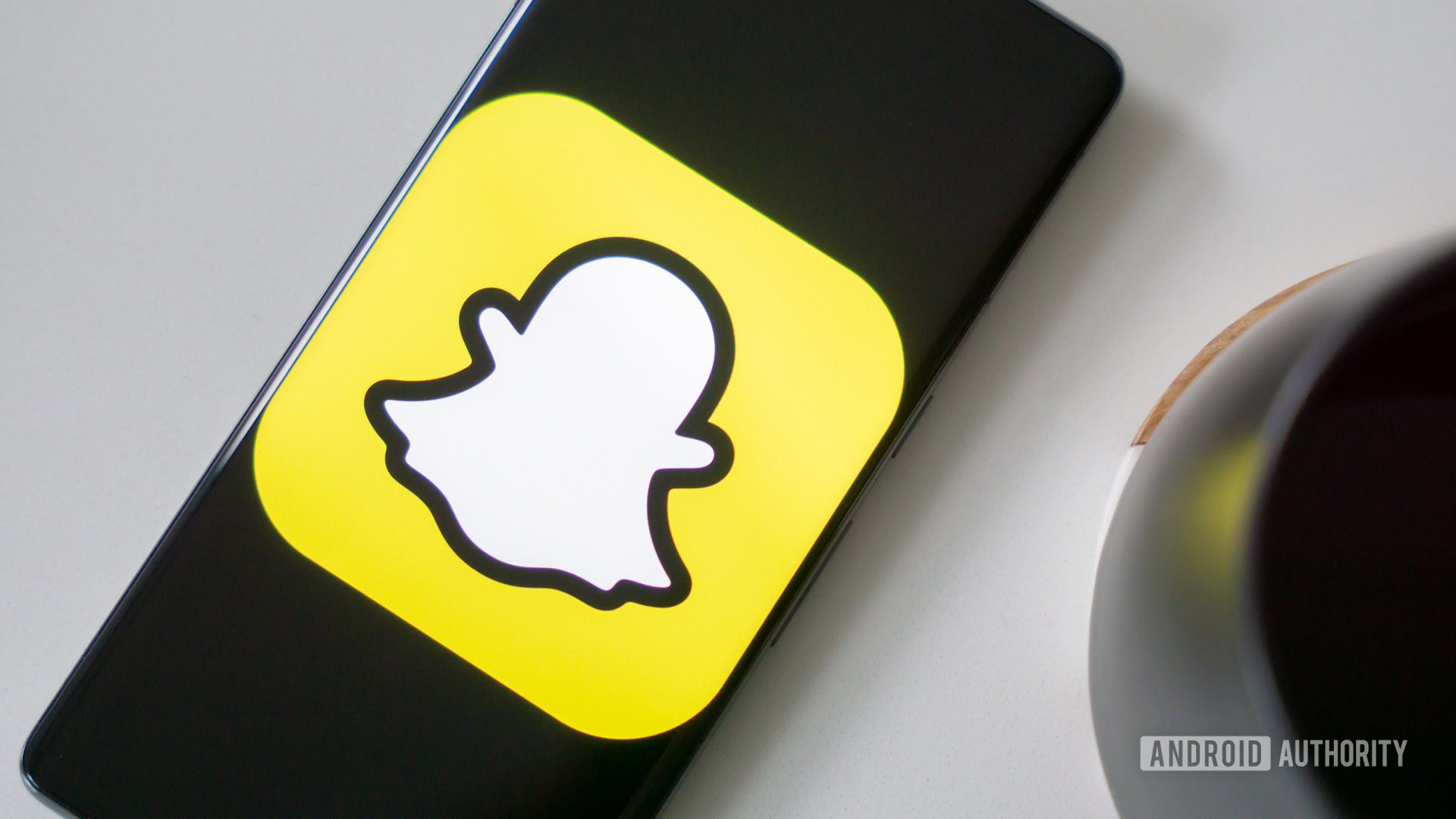
Snapchat has become a household name in the regular rotation of social media platforms. Within a year of launching, the app took off with ten million users by 2012 and now has over 360 million users today. Who would have thought that disappearing texts and stories would be so popular? Younger demographics, in particular, find the app irresistible, with those between 15-25 making up 48% of the app’s user base in the US and reaching 90% of the 13-24-year-old population in over 20 countries. So why are so many young people hooked on Snapchat? What is it doing right, and are there any rain clouds in what appears to be sunshine and rainbows? We’ll look at some of the pros and cons of Snapchat and a list of the best alternatives you should consider using instead.
What makes Snapchat so popular?
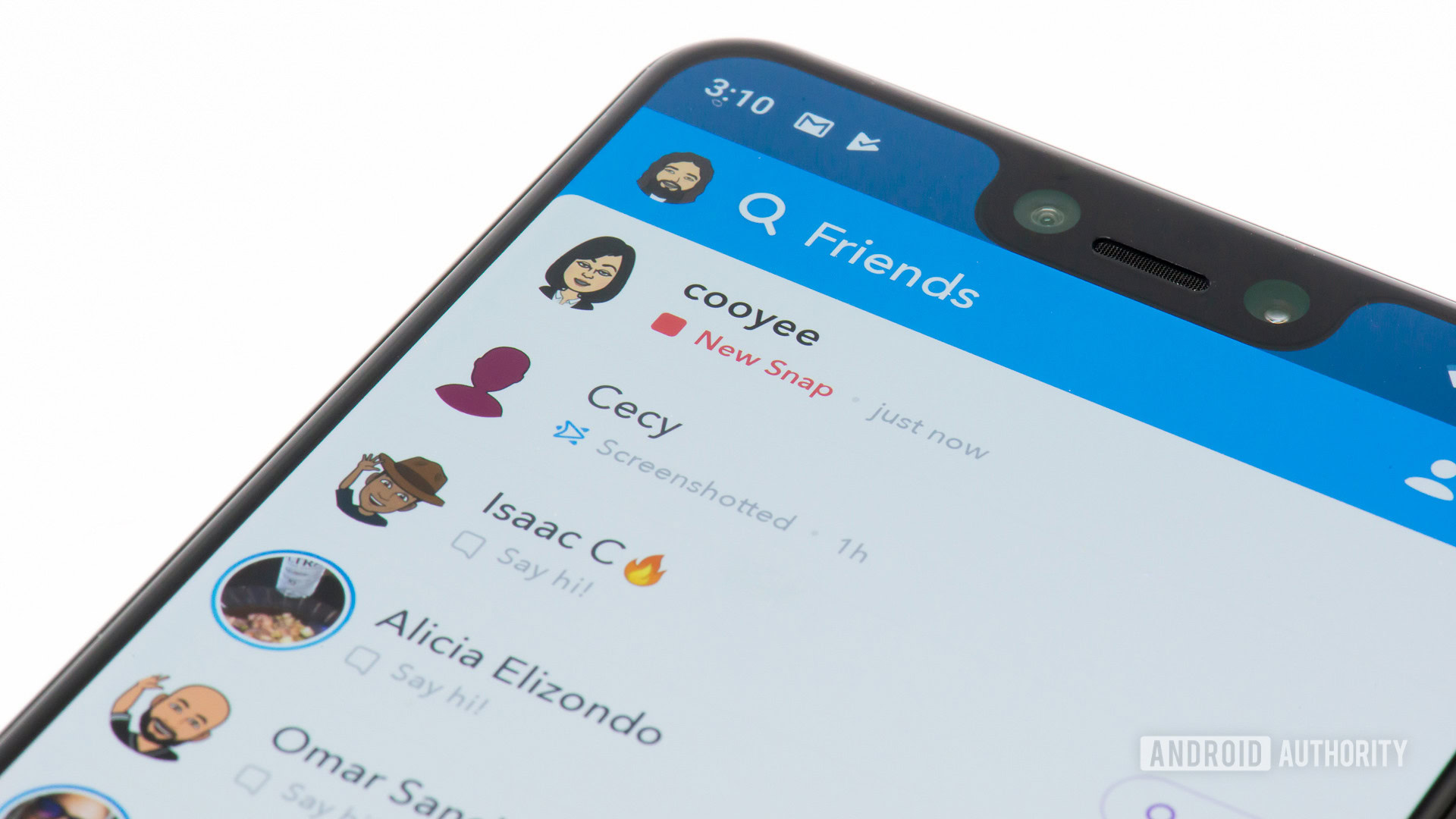
A big part of Snapchat’s surge in popularity can be attributed to the transient nature of its messaging services. By creating a platform where photos and messages self-destruct after a set period, Snapchat cleverly replicated the temporary nature of real-world interactions. This unique selling point distinguished Snapchat from other social platforms, bringing a sense of exclusivity to the content being shared.
Snapchat's transient messaging and interactive features like Snap Streaks and AR filters foster a unique sense of exclusivity and engagement.
Because messages are temporary, people may feel more comfortable sharing snippets from their day that may not be flattering enough to post to Instagram or more private material, which they don’t want to risk others leaking or sharing. It also motivates people to reply to Snap as soon as they receive it, lest they wait too long and forget what was sent. Combined with the Snap Streaks feature, which incentivizes daily engagement with someone, this creates a reciprocating loop of using the app, where users now spend an average of 30 minutes daily.
Aside from Snaps that vanish in seconds, a few other features contribute to Snapchat’s popularity. For starters, the Snap Map has become a popular feature for people to keep tabs on where all their friends are in real-time. There’s also the ability to customize your profile with unique avatars, Bitmojis, and several AR filters and lenses. The ability to take a picture that depicts what you would look like much older, as the opposite gender, with silly facial hair, or standing in an entirely alien environment has inspired the creation of hundreds of face filter apps. According to Hootsuite, nearly two-thirds of Snapchat’s daily active users engage with AR filters in the app.
What doesn’t it do well?
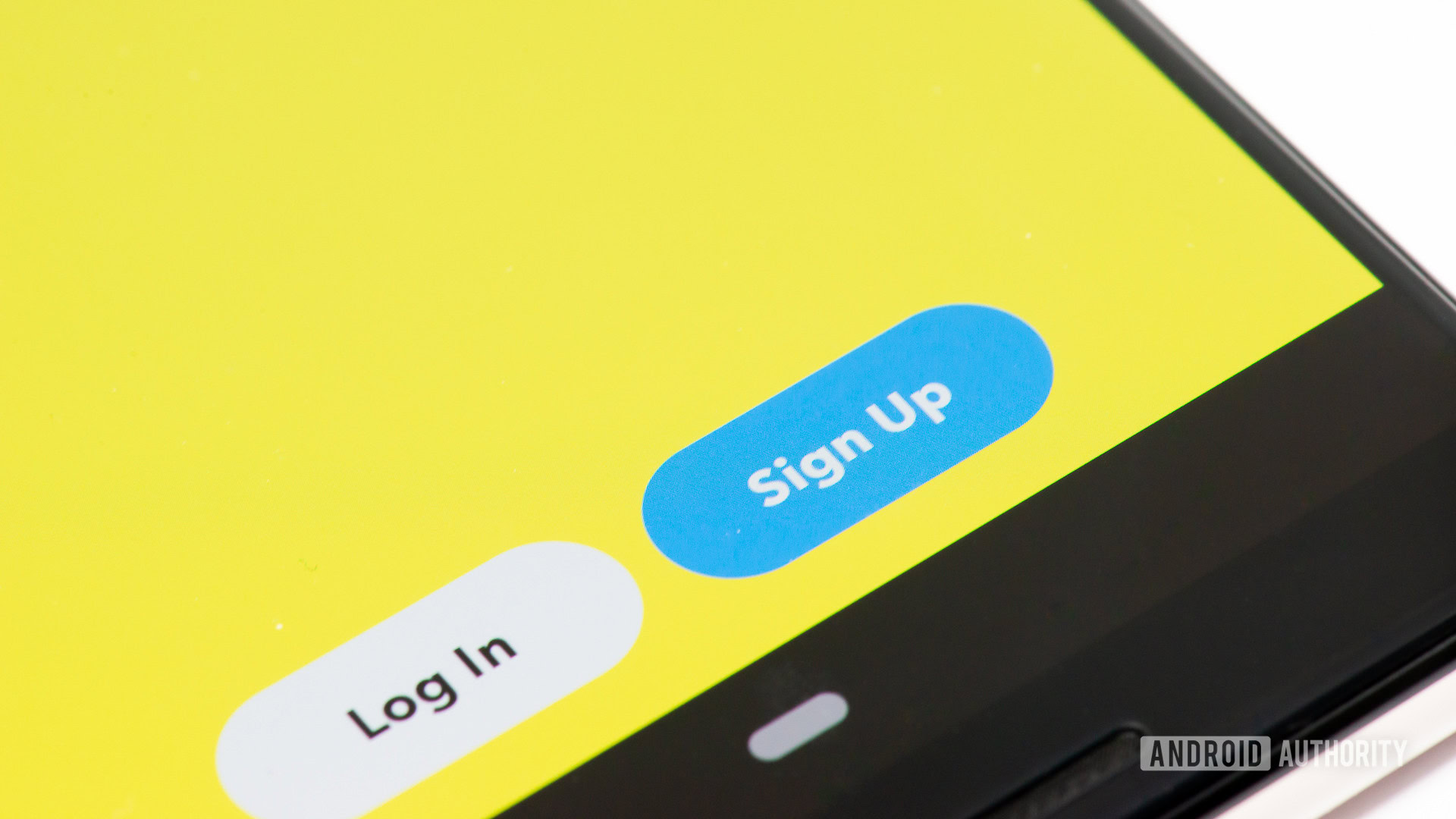
Even though Snaps do expire, that doesn’t mean they always disappear completely. Users can still take screenshots with their phones of anything they receive to keep in their photo library. Snapchat will notify the sender that a screenshot has been taken but doesn’t prevent it. So it’s still good to assume that what you are sending may be permanent.
On the other hand, people might grow tired of Snapchat because of what it purposely doesn’t do; keep a track record of activity. While it does add some privacy and spontaneous fun, it also restricts users from documenting or preserving captured moments. Unlike other social media platforms, Snapchat doesn’t allow users to permanently save their posts or stories within the app.
While Snapchat's emphasis on transience fosters spontaneity, it also limits content preservation and raises concerns around age verification and content control.
The temporality of posts also means that the potential for networking is limited compared to competitors. Snapchat isn’t typically an app where you meet new people but mainly connect with people you already know. However, Snapchat has since added a Discover news feed similar to Instagram’s Explore tab or TikTok’s For You page. They’ve also added a Spotlight tab, which features 60-second video clips to flick through, similar to TikTok, Instagram Reels, and YouTube Shorts.
One aspect of Snapchat that has drawn concern from parents is the lack of age verification. Snapchat says their app is intended for those 13 or older, but without age verification, it is easy for younger kids to sign up for an account and see inappropriate content. Because the Discovery and Spotlight algorithms recommend content based on activity, monitoring or controlling what your child sees on the app can be challenging.
The best Snapchat alternatives
Now that we’ve unpacked the strengths and weaknesses of Snapchat let’s explore a roster of alternatives that enhance or redefine these features for an enriched or diverse social media experience.
Instagram: For keepsakes and content discovery
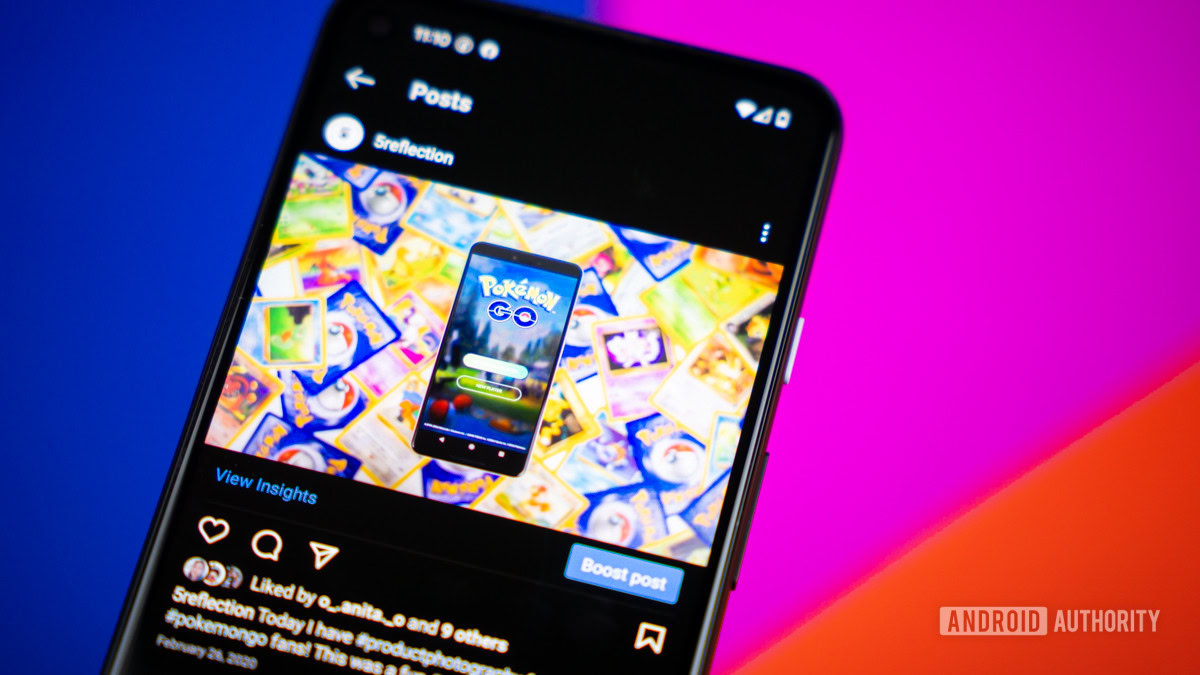
One of the closest competitors to Snapchat, Instagram addresses Snapchat’s discoverability issue with its Explore tab, offering users a place to find new content and creators. It also provides a more straightforward interface and more versatile photo and video-sharing options. Like Snapchat, Instagram Stories offer interactive elements like polls and questions. However, Instagram allows users to archive their Stories permanently, a feature not available on Snapchat.
TikTok: For those who love short videos
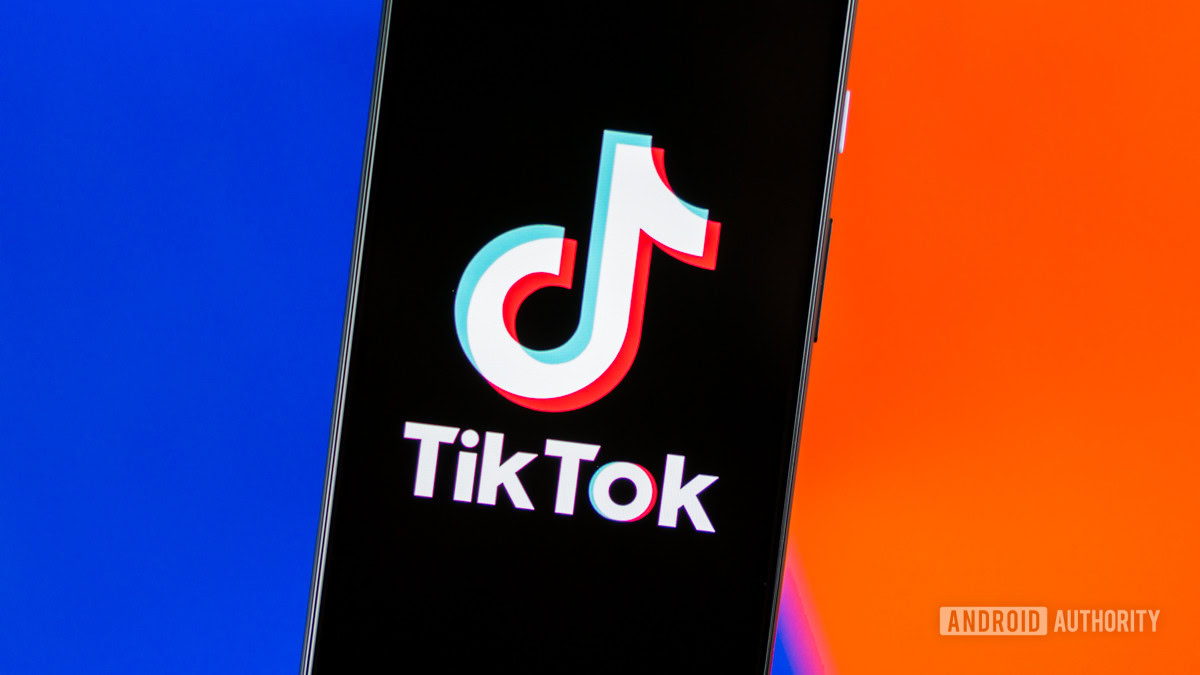
While not a direct replica of Snapchat, TikTok leverages the power of short videos for engaging viewing. The For You page offers more relevant content than Snapchat based on viewing preferences and implements age verification so it’s more appropriate for the user. Additionally, TikTok’s editing tools allow creators to make more complex and engaging content than Snapchat’s filter system.
Facebook Messenger: For simple group messaging

Offering simplicity and reliability, Facebook Messenger is an alternative for those who prefer a more conventional messaging platform. Users can send messages, photos, and videos and can choose whether or not they want to delete them later on. There are even a few playful AR filters, although not as many as Snapchat. But the integration with the broader Facebook network makes it a preferred choice for users already on that platform to connect with their groups and events. Plus, it has a Kids’ version that provides greater parental controls.
WhatsApp: For secure sharing
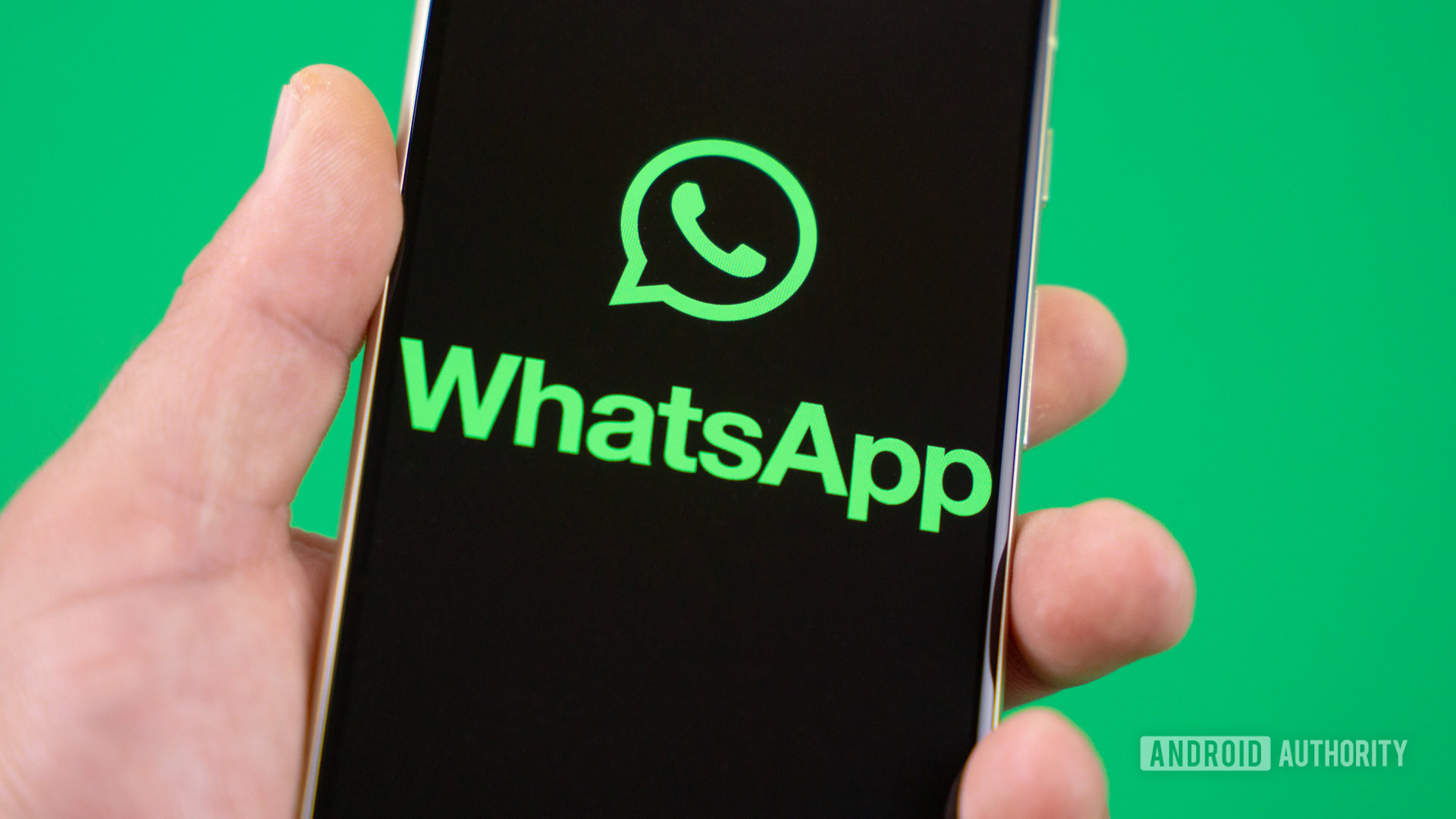
Prioritizing simplicity and security, WhatsApp offers end-to-end encrypted messaging, voice calls, and video calls. While it doesn’t feature the playful elements of Snapchat, it’s an ideal choice for users seeking a secure, straightforward platform for messaging and media sharing.
Telegram: For the privacy-minded
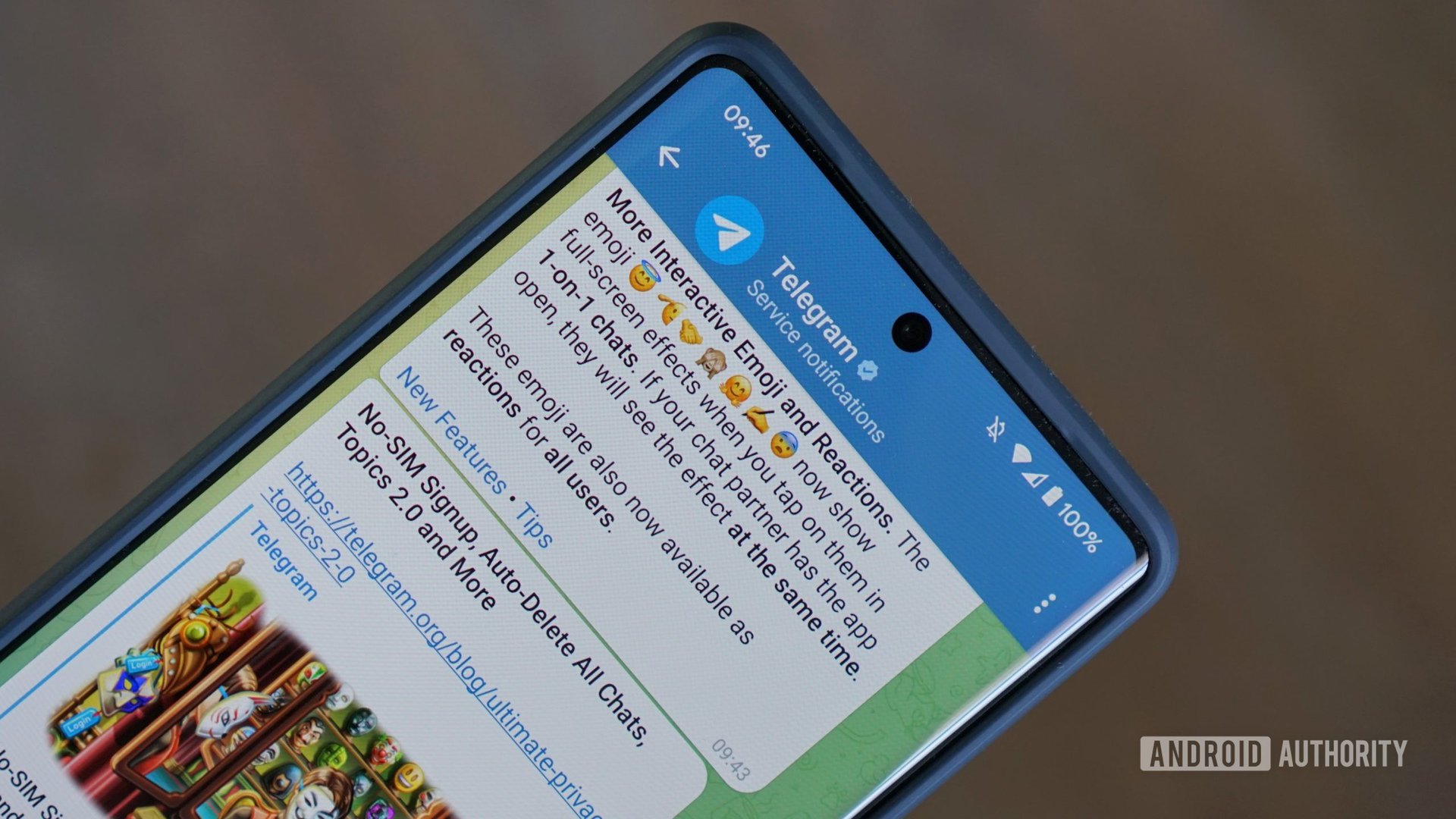
Telegram is another messaging app focusing on privacy, but very few people have heard of it despite having over 500 million users. It offers self-destructing messages, similar to Snapchat, but provides a more robust platform for group chats and channels. Unlike WhatsApp, it also allows multiple devices to use the same account (verified by SMS) and various accounts on the same device.
Sweet Snap: For AR filter lovers
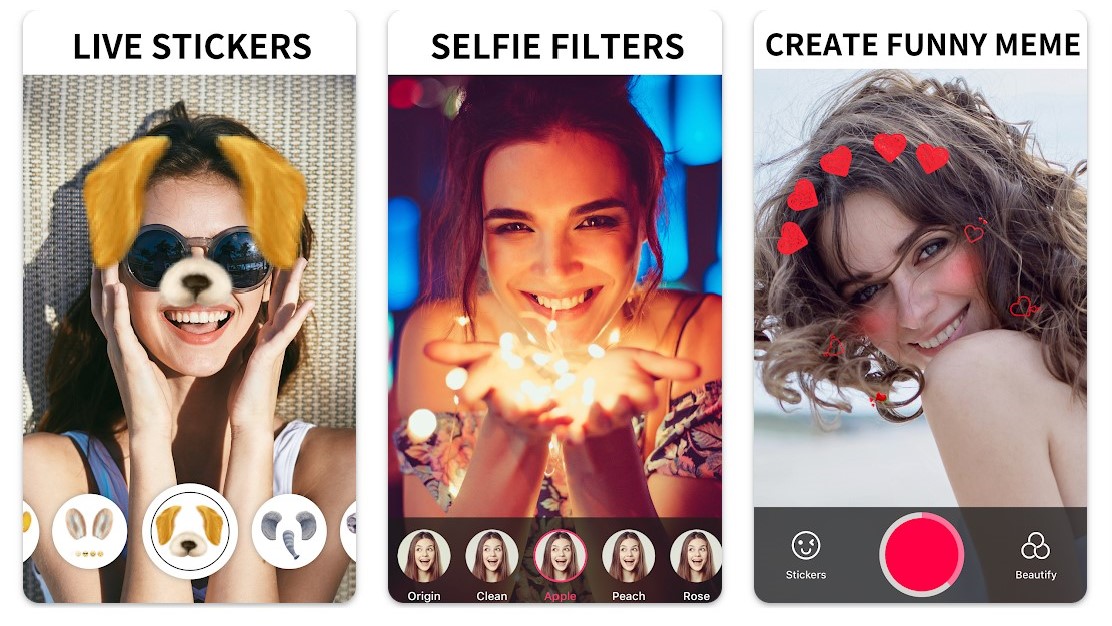
Sweet Snap is a popular alternative for users who love Snapchat’s AR filters. With over 100 million users, this app offers a large library of filters and beauty effects, allowing users to spice up their selfies in many ways. It has a simple interface with many sharing options, such as creating GIFs or music videos, making it a fun choice for creating social content.
Marco Polo: For ad-free video calls
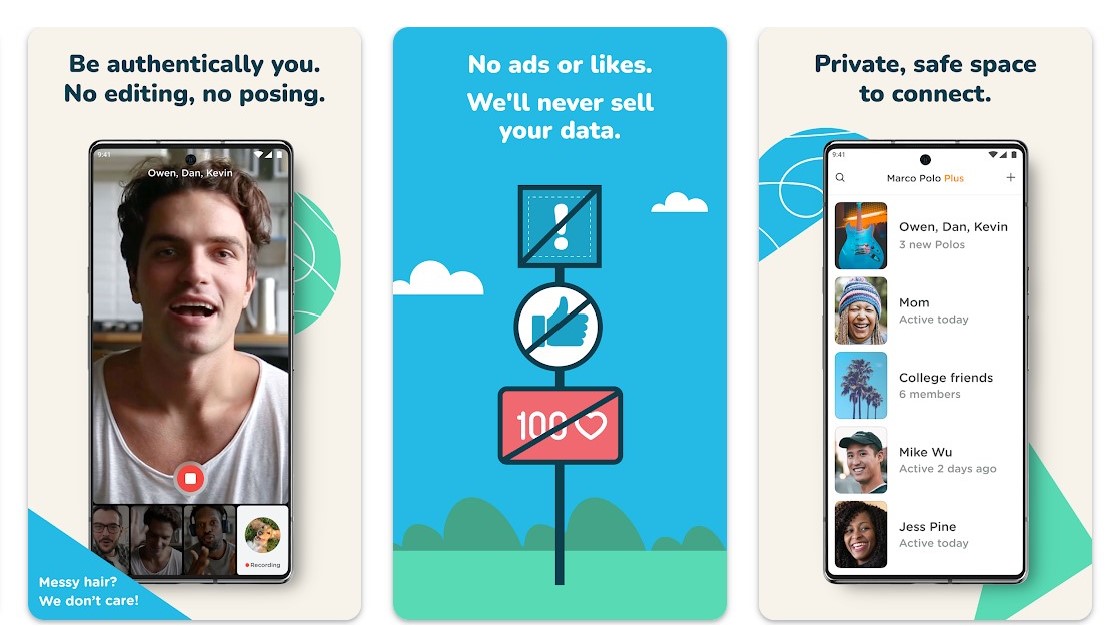
Marco Polo is a video chat app that offers a unique twist on video messaging. It emphasizes face-to-face interactions without any filters or editing, and users can send video messages that can be watched and responded to for up to 24hrs. There aren’t any ads or likes on the platform, and the company claims they don’t sell user data to advertisers. As such, that does mean that you will have to pay to use the app after the free trial.
Snow: Filters from around the world
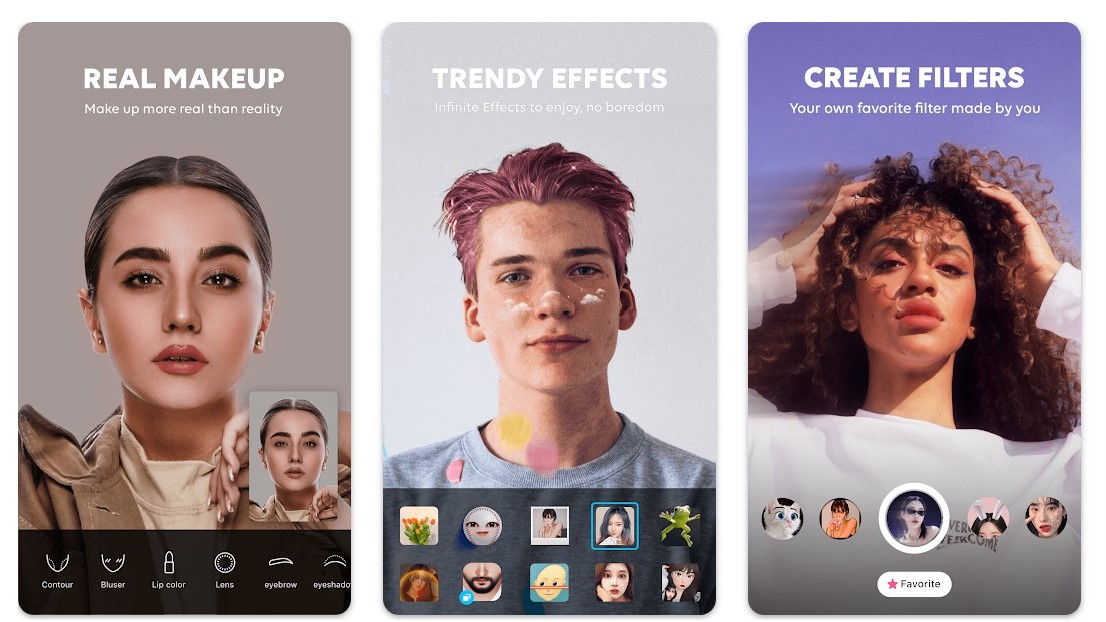
Hailing from South Korea, Snow is a camera app with plenty of AR-driven beauty and makeup effects. Similar to Snapchat, users can take pictures or videos up to five minutes long and choose from a range of culturally diverse filters and stickers. There’s also the option to have messages destroy themselves after 48 hours. But the focus on cultural diversity makes Snow an enticing alternative to Snapchat, particularly for users outside the US.
Snapchat alternatives: FAQs
Instagram is Snapchat’s biggest competitor. With similar features like stories, filters, and private messaging, Instagram offers a broader platform integrating photo sharing, eCommerce, and content discovery.
Facebook’s Messenger Kids is a good alternative to Snapchat for kids. It provides a safe environment for kids to chat with friends, share photos, and video call, with parental controls to monitor activity.
In 2023, Snapchat has over 360 million daily active users, which is a similar amount to other popular apps like Twitter.